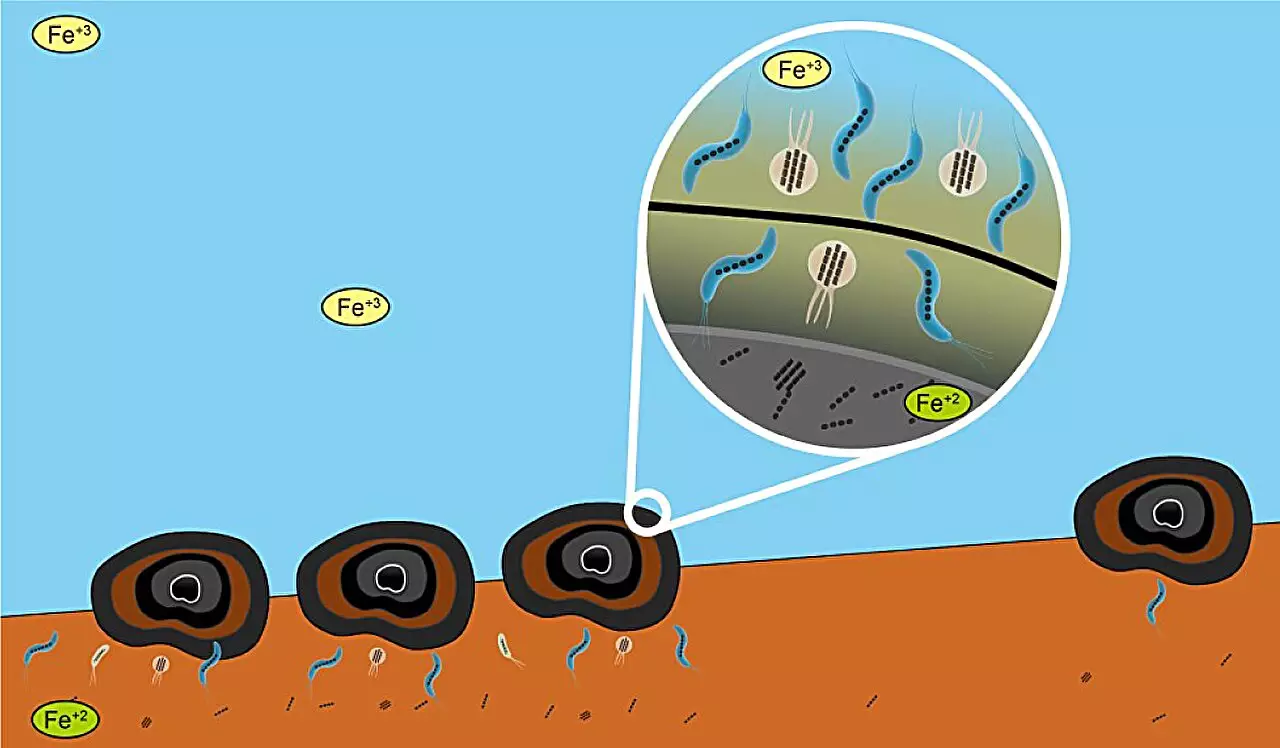Polymetallic nodules, often compared in size to potatoes, lie on the ocean floor, primarily in areas like the Clarion-Clipperton Fracture Zone (CCFZ). These nodules hold significant economic value due to their high concentrations of important minerals, including nickel, cobalt, and manganese, making them appealing targets for deep-sea mining operations. While the prevailing theory attributes the formation of these nodules to the gradual precipitation of metallic elements from seawater, emerging research suggests that microorganisms play a pivotal role in the nodule development process. Specifically, biogenic magnetite, a product of magnetotactic bacteria, has been discovered within these mineral structures, hinting at a complex interplay between biology and geology.
Recent studies emphasize the connection between bacteria abundance and the distribution of polymetallic nodules. Research conducted in the CCFZ highlights how these microorganisms contribute to the mineralization process, potentially leading to the formation of magnetite nanocrystals. As these bacteria thrive in conditions created by the nodules—characterized by low oxygen and high carbon content—they not only facilitate the growth of the nodules but also enhance the richness of their mineral content. This biological mechanism offers a fascinating glimpse into the hidden ecological systems operating on the ocean floor, demonstrating that life, even in extreme environments, plays a significant role in shaping geological features.
The findings from the studies conducted in the CCFZ serve as a critical reminder of the interconnectedness of marine ecosystems. By revealing distinct sources of magnetic minerals—ranging from windborne dust to volcanic activity—the research showcases the varied environmental influences impacting nodule formation. Notably, the study exposes a downwind pattern of sediment transport, underscoring how geographic and atmospheric factors can affect mineral concentrations in these regions. Consequently, understanding these processes not only sheds light on the origins of polymetallic nodules but also informs the ongoing discourse about deep-sea mining practices, highlighting the need for sustainable exploration approaches.
The allure of deep-sea mining is strong, particularly in light of the increasing demand for rare earth elements used in technology. However, the balance between economic growth and environmental stewardship remains a contentious issue. The ecological significance of polymetallic nodules, as demonstrated by their interaction with bacteria, emphasizes the importance of preserving marine habitats. Unregulated mining operations could disrupt these delicate ecosystems, potentially leading to irreversible damage.
Therefore, it is crucial that policymakers and stakeholders prioritize comprehensive assessments of potential environmental impacts before proceeding with mining projects in these vulnerable regions. Churning up the ocean floor not only threatens bacterial diversity and the ecological balance but may also undermine future opportunities to explore and understand these complex underwater habitats fully.
The study of polymetallic nodules is much more than an exploration of mineral wealth; it encompasses a holistic understanding of the intricate relationships within marine ecosystems that are still being uncovered. As our pursuit of technological advancements continues to grow, so too does our responsibility to ensure that our methods remain sustainable, facilitating a harmonious coexistence with the planet’s myriad life forms.


Leave a Reply